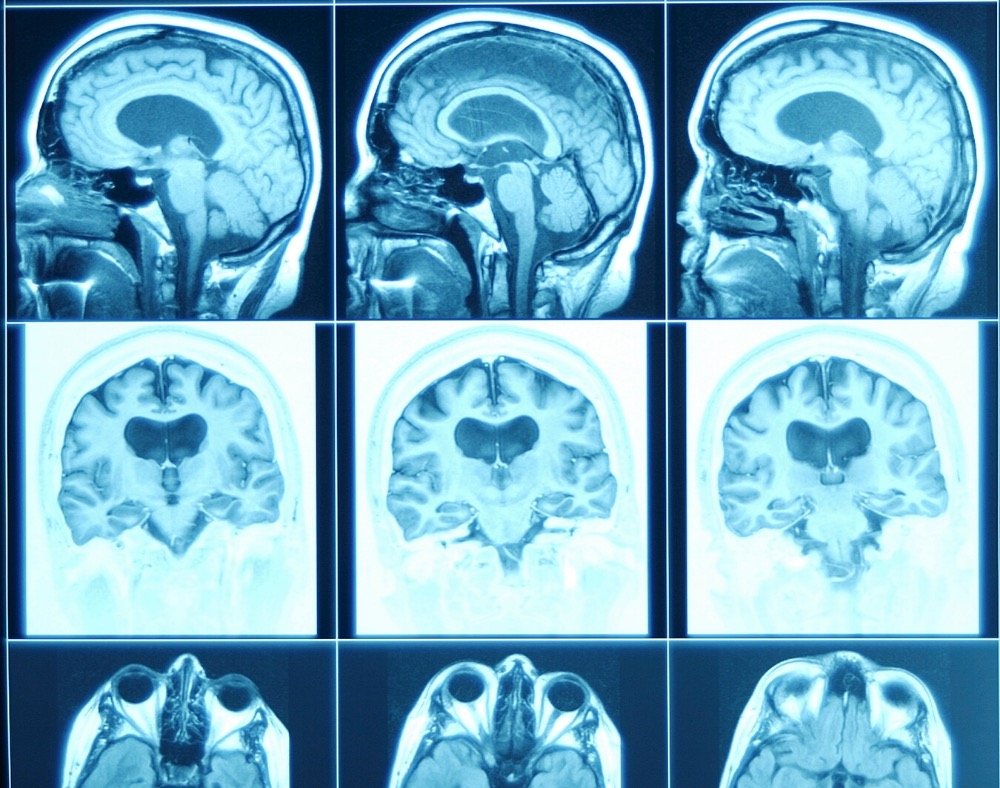There are different types of dementia, one of them being subcortical dementia.
According to many studies and researches, this is a type of dementia that affects the white matter of the brain affecting structures below the cortex.
This type of dementia is a clinical syndrome that includes multiple diseases that primarily affects the subcortical structures that include:
- The midbrain (mesencephalon)
- Cerebellum
- Thalamus & hypothalamus (diencephalon)
- Basal ganglia
The above are responsible for various functions, including procedural learning, eye movement, voluntary motor movement control, arousal, emotions, visuospatial skills learning of habits, and cognition.
Contents
History of the Clinical Syndrome

In 1817, James Parkinson wrote an essay where he recognized depression as one of the symptoms of the disease named after him.
He described a man who was once a confident with an active mind and cheerful disposition appearing dejected, emancipated and stopping.
Despite all this, the power of his mind and his senses remained unimpaired.
He remained attentive, was able to listen to conversations and had a desire to join in though he was struggling with speech, and he could even read and write.
Years later, in 1861, Vulpian and Charcot observed cognitive impairments in persons who have Parkinson’s and Huntington’s diseases.
However, it was not until 1912, when Wilson became the first person to observe a distinction between dementia that involve subcortical structures, and other kinds of cognitive impairments.
Wilson described the impairment of Wilson’s disease as one that showed the narrowing of mental horizons.
He went on further to state that the impairment did not include agnosia and apraxia. Wilson also compared this pattern to the one presents in Huntington’s disease.
As research went on by other experts on the subject, the concept of subcortical dementia was finally crystallized into a clinical entity in the mid-1970s.
Examples of Subcortical Dementia

This dementia type is in connection with numerous diseases. These include Parkinson’s disease, Huntington’s disease, Wilson’s disease, Multiple System Atrophy, and progressive supranuclear palsy, etc.
The conditions fall into the category of subcortical processes that are characterized by deterioration of mental abilities.
The concept of this type of dementia has led to a lot of debate where researchers are seeking to divide cognitive dysfunction into the subcortical and cortical dichotomy.
Over the years, experts have been collecting evidence that supports the idea of the clinical syndrome being classified as its clinical entity.
The evidence touches base on distinct patterns of neuropathology, neurological, and neuropsychological profiles.
Symptoms of Subcortical Dementia

Various symptoms may suggest a person has this type of dementia. Some of them include:
- Slowness when it comes to mental processing
- Depression
- Abnormal movements
- Tremors
- Lack of initiation
- Apathy
- Loss of social skills
- Mild intellectual impairment
- Inertia
- Difficulties solving problems
In a majority of cases, the clinical entity does not affect perception and language. Although persons with the illness may experience forgetfulness, amnesia is usually not severe.
Looking at a Neurobehavioral Perspective of This Dementia

Subcortical dementias have a common neurobehavioral change pattern even though the subcortical structures usually affect different areas of the subcortical pathology.
This is because of the disruption that happens to the frontal-subcortical systems. The clinical presentations include abnormalities in different areas like:
Memory
With this type of dementia, it appears like the ability to retain information, which can also be referred to as immediate memory is spared while it affects the ability to recall information.
Personality and Mood
Personality and mood changes have been recognized in persons with this clinical syndrome. About 90% of persons with Parkinson’s experience depression at one point in the illness.
General Appearance
Because of significant extrapyramidal motor deficits, the general appearance of people with this type of dementia is different from that of cortical dementia. For example, Parkinson’s disease is often marked by a shuffling gait, hypomimia, and tremor.
Chorea is common with Huntington’s disease while a “surprise” look is seen with people who have supranuclear palsy.
Language

There is no record of significant changes in language when talking about subcortical dementia. People with the illness may, however, experience deformities with speech.
For instance, an individual with Parkinson’s disease may have reduced phrase length and dysarthria.
Subcortical Dementia Treatment Options
Although this kind of dementia remains highly controversial, some researchers believe that they are part of the dementias that can be treated. This is because most disorders that are associated with dementia respond to appropriate treatment and some may be reserved completely.
Consulting your physician will give you a better idea of which treatment route to take while dealing with this dementia type.
Closing Remarks
While some physicians will use the classifications of subcortical or cortical dementia, others argue that it is not worth categorizing the neurodegenerative illness into groups depending on the location of brain damage.
As new evidence emerges, it is only a matter of time before the experts can put the matter into rest as to whether it is important to classify dementia into two major groups.







